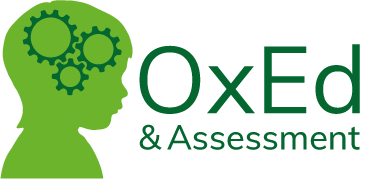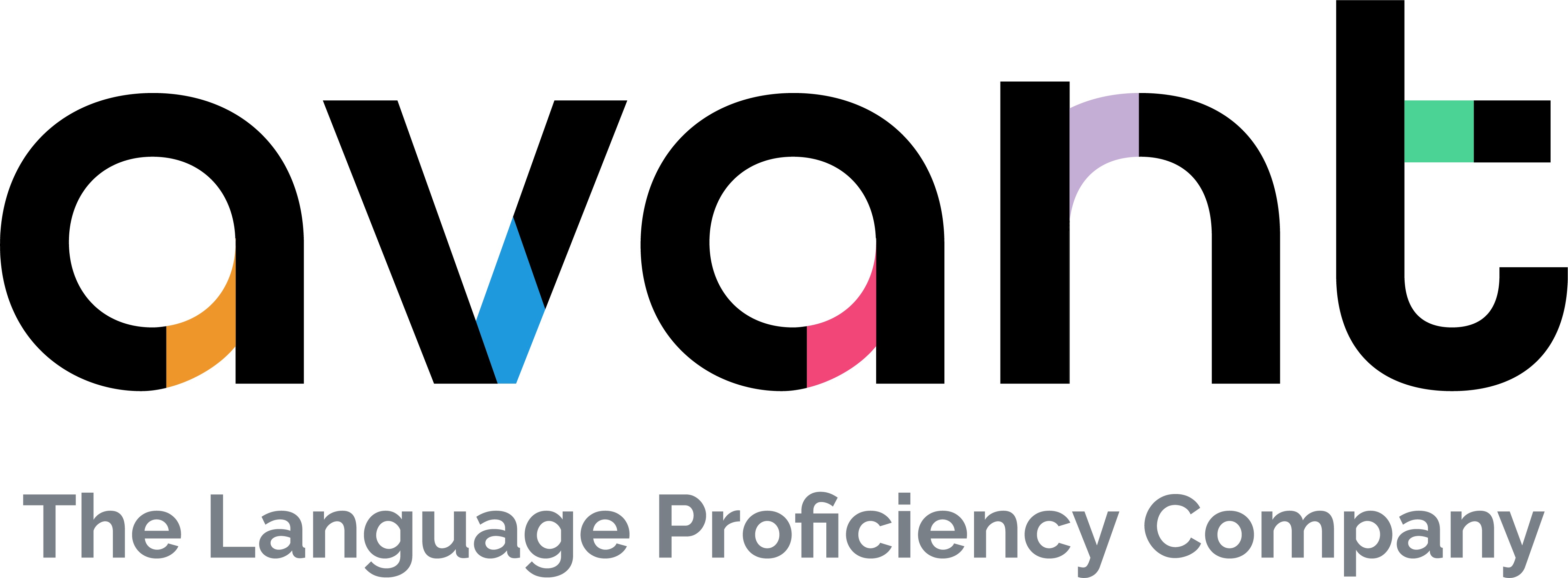Dive Brief:
- Amid the pandemic, Lauren Gehr, a high school English teacher at Dutch Fork High in Irmo, South Carolina, changed the assessments she gave to her students, taking distance and hybrid learning into account, she wrote in Edutopia.
- Gehr tapped a number of digital tools including Google’s HyperDoc, which lets her students access the assessments at home anytime. She also found ways to insert elements of choice into the assessments, which she said eases emotional stress by allowing students to choose how they display their learning.
- Finally, Gehr uses deadlines as a goal rather than a definite work completion date. Extensions don't impact students' grades, which in turn reduces their stress, helps them focus on showing what they’ve learned, and allows them more independence and responsibility in their learning, she wrote.
Dive Insight:
COVID-19 has impacted the way educators and experts think about assessments, from some suggesting testing be delayed to redesigning the tests. By rethinking assessments, educators can also expand student choice.
One method of bringing student choice into assessment expands on the idea of UDL, or universal design for learning, which provides flexible learning environments to accommodate the needs of all students. In this manner, students can choose the format they show what they’ve learned to their teacher, selecting an oral presentation over a written one, for example, or the way they’re graded.
Research published in 2019 suggests this method has shown positive outcomes in higher education. Given the option to choose their assessment during an online class followed by researchers, students gave “positive feedback” and showed “improved subject satisfaction."
Educators who want to add more choice to assessments may need to consider not only adding new options for testing, but also revisiting the rubrics used, focusing on how students can demonstrate essential skills learned during a class. Teachers may also want to offer some examples of what students could consider submitting for their assessments, while still allowing them to choose what they do use.






 Dive Awards
Dive Awards







